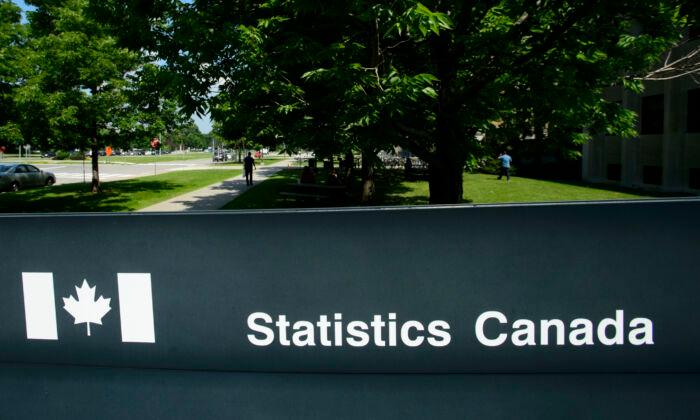The agency says household credit market debt as a proportion of household disposable income increased to 183.3 percent on a seasonally adjusted basis in the third quarter compared with 182.6 percent in the second quarter.
In other words, Statistics Canada says there was $1.83 in credit market debt for every dollar of household disposable income in the third quarter of 2022.
The household debt service ratio, measured as total obligated payments of principal and interest on credit market debt as a proportion of household disposable income, rose to 13.97 percent in the third quarter compared with 13.46 percent in the second quarter.
The total amount of household credit market debt, which included consumer credit, and mortgage and non-mortgage loans, grew 1.2 percent to reach nearly $2.8 trillion in the third quarter including $2.07 trillion in mortgage debt while non-mortgage loans totalled $722.6 billion.





